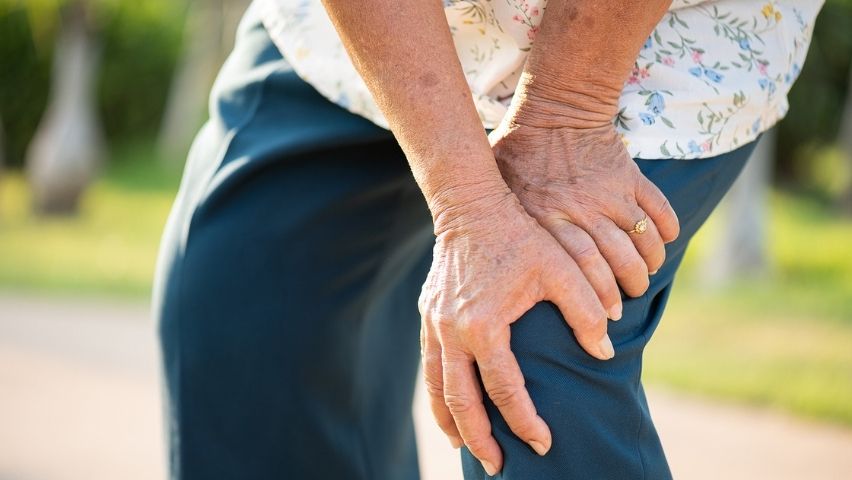What is PAD?
If you have been diagnosed with peripheral artery disease (PAD), you may wonder if it can be reversed. To understand the answer to this question, you need to know what PAD is, the risks for developing the disease, and the symptoms that indicate you have the condition. PAD is caused by a buildup of plaque in the arteries, which leads to a condition called atherosclerosis. As the plaque builds up, it causes the arteries to become narrower, which restricts blood flow. Decreased blood flow to the arteries means less oxygen and nutrients can get to the leg muscles.
Certain factors increase the risk for developing PAD, including the following:
- Age
- Gender
- Smoking
- Diabetes
- High blood pressure
- High cholesterol
- Diet
- Inactivity
- Family history
Some of these risks are out of your control, such as age and gender. However, other risks can be mitigated with a healthy lifestyle. For instance, quitting smoking and becoming more active are two lifestyle changes you can make to lower your risk. You can also monitor your blood pressure and cholesterol to reduce your risk of developing PAD.
PAD is a progressive disease, which can get worse over time if left untreated. While some patients experience no symptoms, especially in the early stages of PAD, many patients develop symptoms of the condition as it worsens. You may experience one or more of the following:
- Leg pain during activity
- Tingling in the legs
- Numbness in the legs
- Difficulty walking and climbing stairs
- Wounds that are slow to heal
- Pain at night when sleeping
Can PAD Be Reversed?
No treatment exists to reverse peripheral artery disease, but it can be treated to improve symptoms and prevent the condition from progressing. With the right treatment, your quality of life can be enhanced as symptoms are alleviated.
USA Vascular Centers provides personalized treatment for patients who have been diagnosed with PAD. A vascular specialist will discuss treatment options with you to determine the best option for care.
Is There a “Point of No Return” for PAD and Long-Term Damage?
PAD will progress if left untreated, and symptoms typically worsen. The disease develops in stages and your doctor can determine which stage you are in at the time of diagnosis to determine treatment.
In the early stage, you may not realize you have PAD. You may only experience mild symptoms that you dismiss as being tired or out of shape, such as pain in your legs when you are active for a period of time. You may not experience symptoms at all. Often, you won’t even seek medical treatment at this point because you don’t realize the severity of the condition.
The moderate stage of PAD brings on more noticeable symptoms that can’t be ignored. These symptoms often impact your ability to tackle your daily activities and routines. You may experience numbness or tingling in the legs, pain while at rest, and ulcers on the legs and feet. If not treated, the disease can progress to the advanced stage where treatment options are limited. Amputation may become necessary due to prolonged loss of blood flow.
Is There a Cure for Peripheral Artery Disease?
A cure for PAD doesn’t exist, but treatment options are available to alleviate symptoms of the disease. Treatment can stop the disease from progressing and increase mobility. You may notice less pain when walking, which allows you to be more active and enjoy life.
Treatment for PAD
Even though it isn’t possible to reverse PAD, treatments can help minimize or eliminate the symptoms. USA Vascular Centers offers a range of minimally invasive treatments that can help you regain the quality of life you once had. During your consultation, a vascular specialist will help determine a personalized treatment plan. Our outpatient treatments for PAD include the following:
- Angioplasty: This procedure uses a balloon to open up the arterial walls and increase blood flow.
- Stent Placement: With this procedure, a mesh stent is placed in the artery to hold it open.
- Atherectomy: A tiny catheter is inserted into the artery with a sharp tip to scrape the plaque buildup off the walls of the artery.
Consult with a vascular specialist to find out more about these treatments and which one is the best option for your current condition.
Schedule a Consultation with USA Vascular Centers
Seek treatment for PAD before it progresses further. USA Vascular Centers offers treatment options for those who suffer from PAD, which may help them improve their mobility and prevent progression of the disease. You can call 888.773.2193 or schedule a consultation online to discover options available for you.

